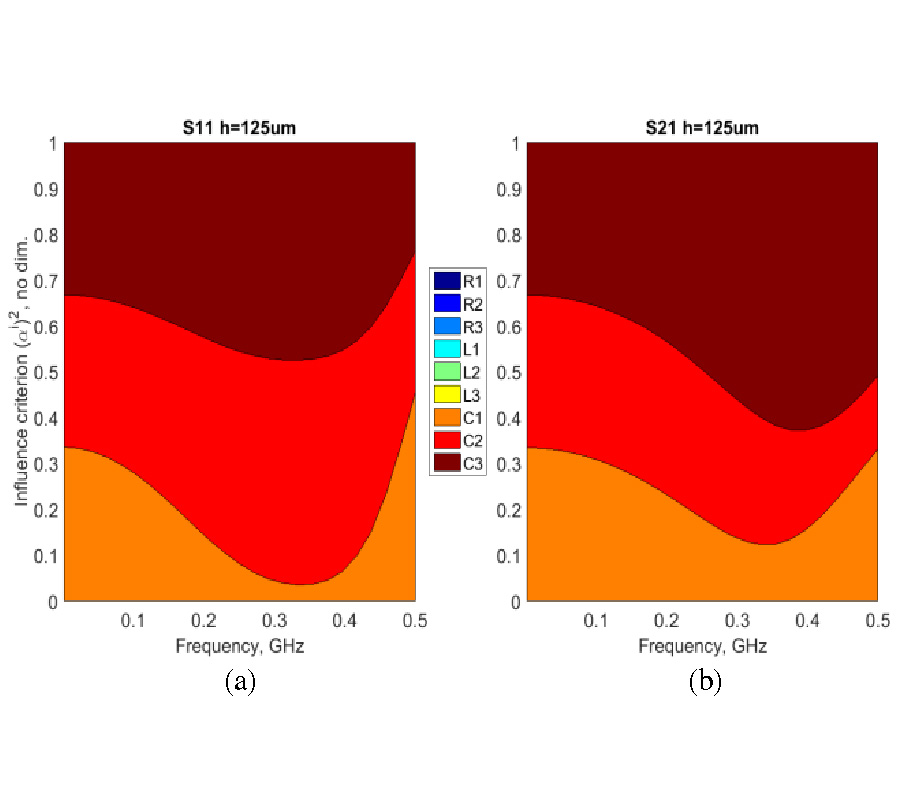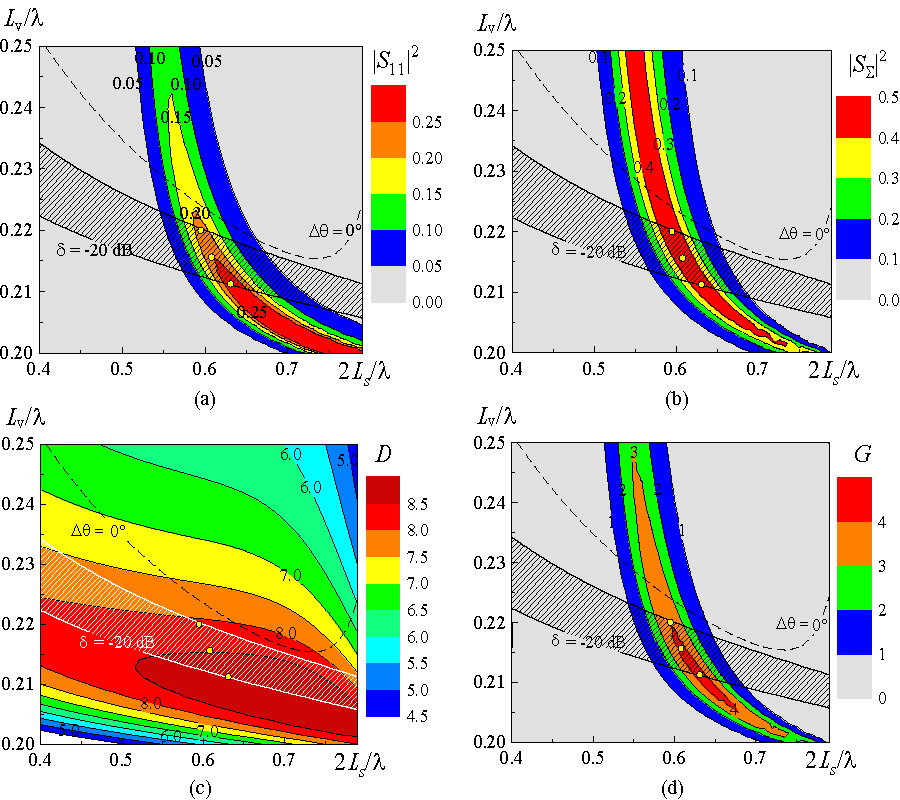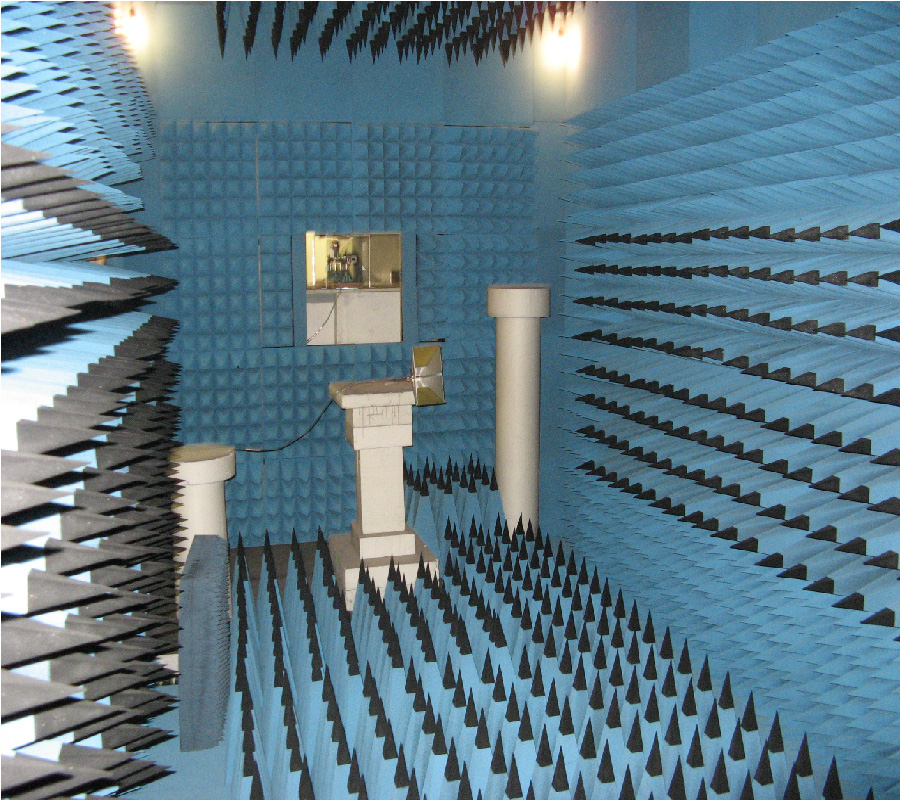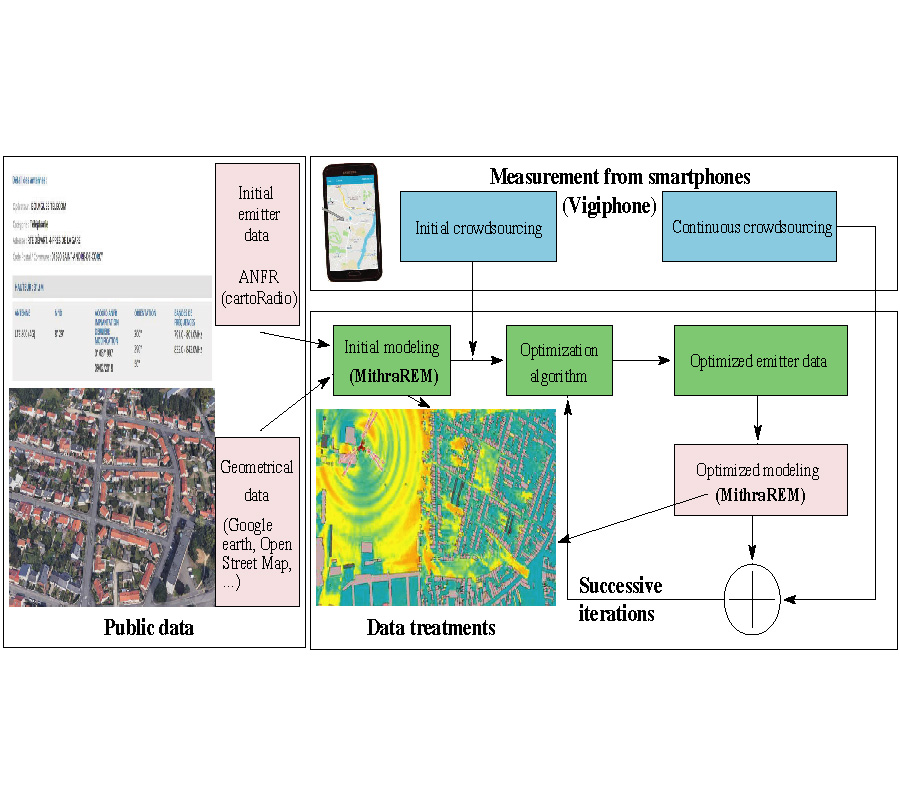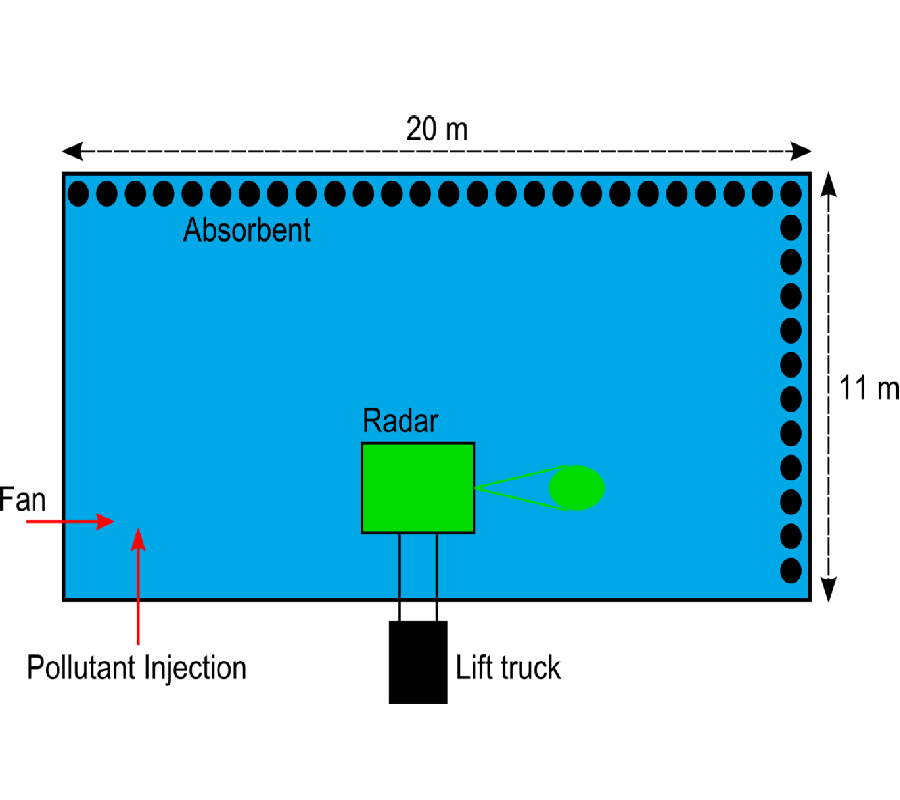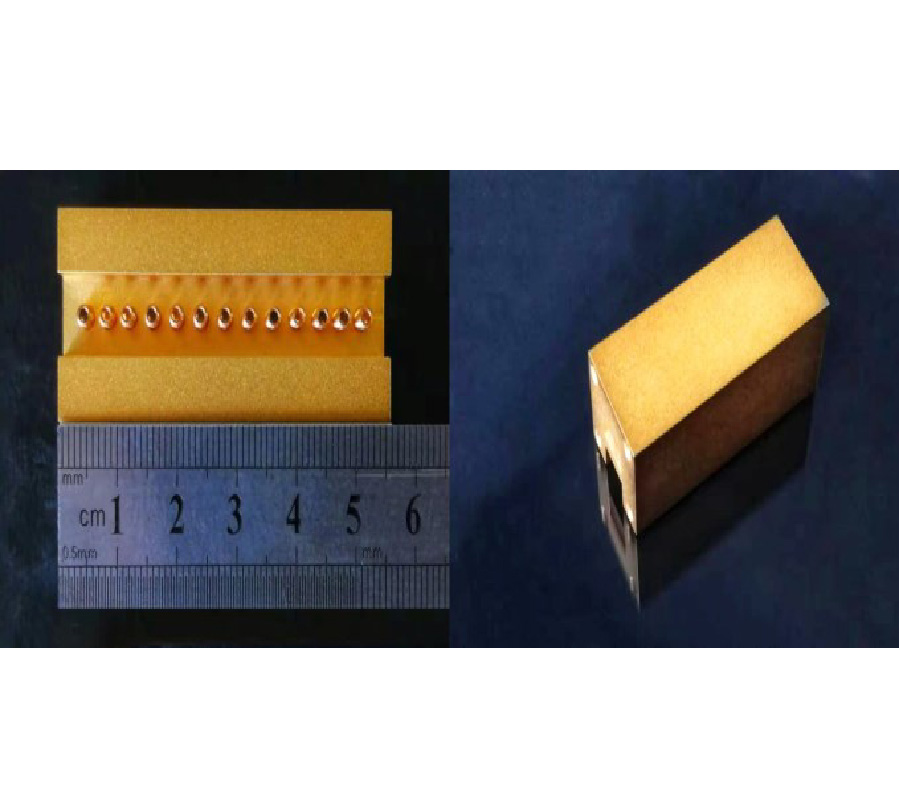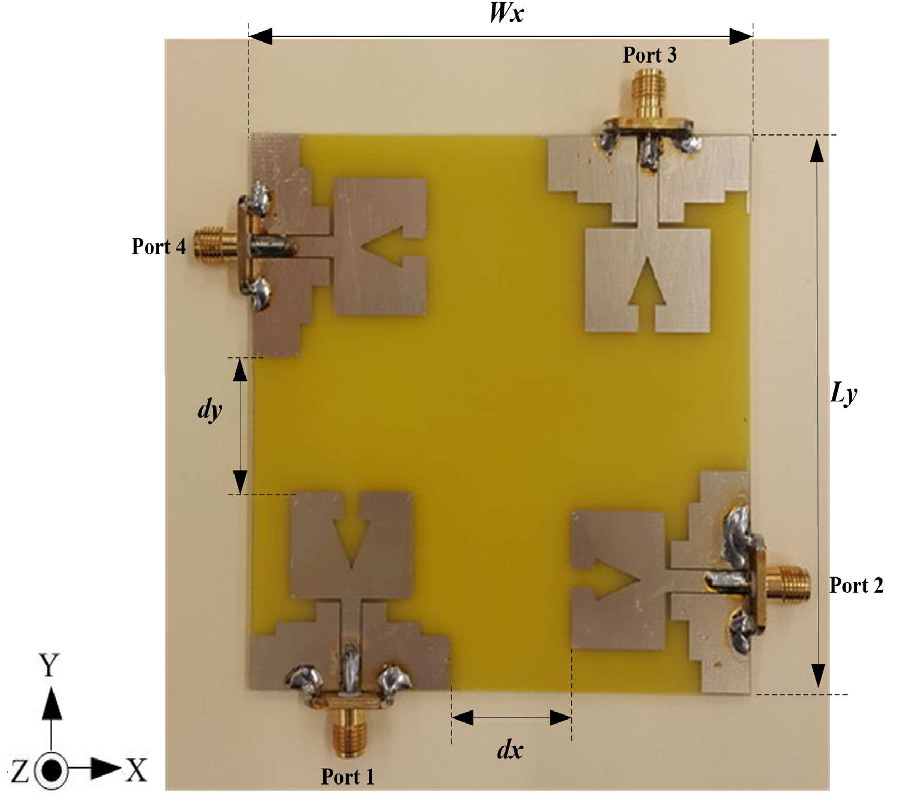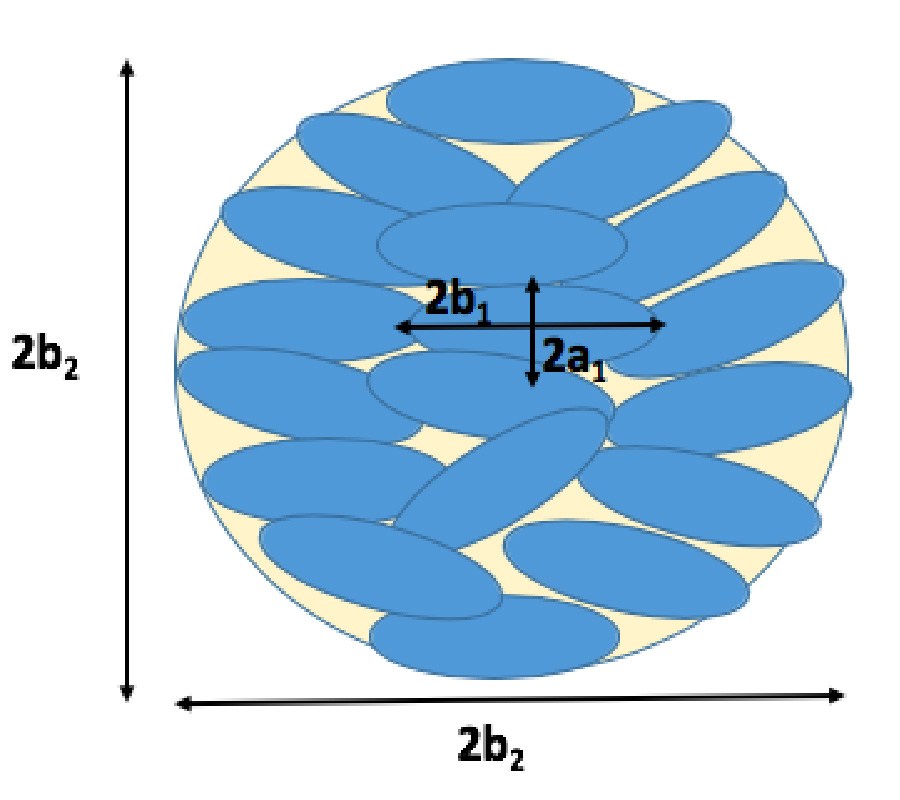On the Design and Fabrication of Chained-Function Waveguide Filters with Reduced Fabrication Sensitivity Using CNC and DMLS
Yuan Ping Lim,
Sovuthy Cheab,
Socheatra Soeung and
Peng Wen Wong
In this paper, we present the design and fabrication of a novel class of emerging waveguide filters based on chained-functions at the millimeter-wave band. The derivation of chained-functions by chaining of prescribed generalized Chebyshev seed functions based on the partition theory is presented in details, and the implementation to waveguide technology is proposed and evaluated. The waveguide filter is fabricated through two different technologies, namely the Computer Numerical Control (CNC) milling technology and the Direct Metal Laser Sintering (DMLS) based additive manufacturing technology. The chained-function filters, which lie in between the Butterworth and Chebyshev filters, inherit the salient properties of both Butterworth and Chebyshev filters. Therefore, the chained-function waveguide filter exhibits filtering responses that have a superior rejection property and a lower loss with reduced sensitivity to fabrication tolerance than the standard Chebyshev waveguide filter. The efficiency of the proposed waveguide filter is confirmed both theoretically and empirically, using the CNC and DMLS processes. The issues of a higher manufacturing tolerance and apparent surface roughness associated with the DMLS method are found to be electrically insignificant when the chained-function concept is adopted in waveguide filter design. In general, the measured results of all the realized waveguide filters agree well to those of the simulation models. These results positively demonstrate that the chained-function concept has robust properties for rapid, high-performance, low-cost, and sustainable filter design and implementation, particularly for higher millimeter-wave frequency bands and for narrow-band applications.
